Augmented Reality (AR) is an innovative technology that blends the digital and physical worlds, creating an interactive experience that enhances our perception of reality. Unlike Virtual Reality (VR), which immerses users in a completely artificial environment, AR overlays digital information—such as images, sounds, and other sensory stimuli—into our view of the real world.
AR can create immersive and interactive user experiences and provide useful information and guidance in various domains, such as education, entertainment, tourism, and healthcare.
What are the types of augmented reality technology?
Different types of AR technology exist, depending on how the digital content is displayed and interacted with. In this blog post, we will introduce two common types of AR technology: marker-based AR and projection-based AR.
Marker-based AR technology
Marker-based AR technology uses physical markers, such as QR codes, barcodes, or images, to trigger digital content display on a device’s screen. The device’s camera scans the marker and recognizes it, then overlays the corresponding content on top of it. For example, a marker-based AR app can show a 3D model of a product when the user scans its barcode or display additional information about a painting when the user points the camera at it.
What are the benefits of Marker-Based AR Technology for businesses?
Marker-based AR technology can benefit businesses across various industries and sectors. Some of the main benefits are:
– Increased customer engagement: Marker-based AR technology can attract and retain customers’ attention by providing an interactive and memorable experience. Customers can scan markers on product packaging, business cards, flyers, posters, or any other physical medium to access additional information, entertainment, or incentives. For example, a food company can use markers on their product packaging to show customers recipes, nutritional facts, or promotional offers.
– Enhanced brand awareness: Marker-based AR technology can help businesses stand out from their competitors by creating a unique brand identity and image. Customers can associate markers with specific brands and products and share their experiences with others on social media. For example, a cosmetics company can use markers on their product packaging to show customers how to apply their products or how they look on different skin tones.
– Improved customer loyalty: Marker-based AR technology can help businesses build long-term relationships with their customers by providing them with value-added services and benefits. Customers can scan markers for exclusive content, rewards, discounts, or feedback options. For example, travel companies can use markers on their brochures or tickets to show customers travel tips, reviews, or recommendations.
Projection-based AR technology
Projection-based AR technology uses projectors to cast digital content onto real surfaces, such as walls, floors, or objects. The projected content can be interactive, meaning the user can touch or manipulate it with gestures or motions. For example, a projection-based AR system can create a virtual keyboard on a table that the user can type on or project a game onto a wall that the user can play with.
Projection-based AR has many potential applications in various domains, such as:
– Education and training: Projection-based AR can create interactive and engaging learning environments where students can explore and manipulate virtual objects and scenarios on real surfaces or models. For example, projection-based AR can teach anatomy on a human body, geography on a globe, or physics on a pendulum.
– Entertainment and gaming: Projection-based AR can create immersive and fun games and experiences where users can interact with virtual characters and objects in real environments. For example, projection-based AR can play chess with animated pieces on a board, create art with virtual paint on a wall, or fight zombies on a table.
– Advertising and marketing: Projection-based AR can create eye-catching and memorable advertisements and promotions, where users can see and try virtual products and services on real objects or spaces. For example, projection-based AR can be used to show different colors and features of a car on a real car, display nutritional information on food items on a shelf, or customize shoes on a real shoe.

The Basics of AR Technology
At its core, AR involves three fundamental features:
1. A Combination of Real and Virtual Worlds: AR integrates real-world elements with computer-generated content, allowing for a seamless interaction.
2. Real-Time Interaction: Users can interact with virtual items as if they were in their immediate environment.
3. Accurate 3D Registration: Virtual and real objects are aligned with precision, ensuring that digital overlays appear naturally within the user’s view.
How AR Works
AR technology typically requires the following components to function:
- Sensors and Cameras: These capture data about the user’s real-world surroundings.
- Processing: AR devices need powerful processors to handle the complex task of merging reality with digital content in real-time.
- Projection: This involves displaying digital content onto a surface within the real world. Some AR systems use projectors to cast images directly into the environment.
- Reflection: Mirrors are often used to assist human eyes in viewing virtual images. Some AR devices have small curved mirrors embedded to reflect light onto the user’s eyes.
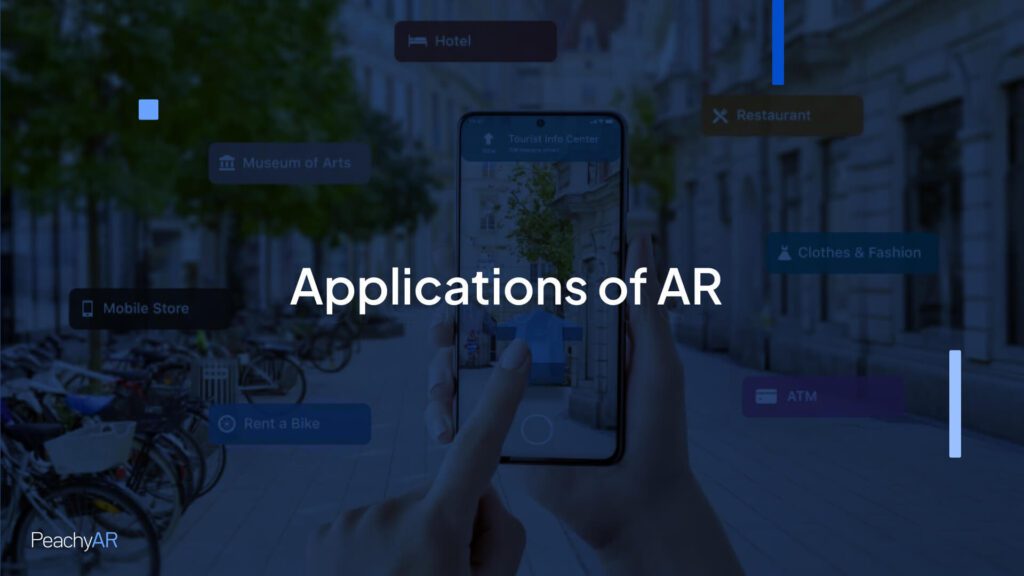
Applications of AR
The potential applications for AR are vast and varied, including:
- Education: AR can transform classrooms by providing immersive learning experiences that overlay educational content onto the physical space.
- Healthcare: Surgeons use AR to visualize the body’s internal structures during procedures, improving precision and outcomes.
- Retail: Customers can preview products in their homes before making a purchase decision.
- Entertainment and Gaming: AR games like Pokémon Go have already shown the mass appeal of augmented experiences.
The Future of AR
As technology advances, we can expect AR to become even more integrated into our daily lives. With improvements in computer vision, object recognition, and sensory input integration, future AR experiences will be more immersive and intuitive.
In conclusion, Augmented Reality is not just a technological marvel; it’s a tool that has begun to redefine how we interact with our world. It’s an exciting field with endless possibilities, and we’re just scratching the surface of what’s possible.
PeachyAR Solutions in AR Technology
Are you seeking a cutting-edge solution to enhance your business with augmented reality? Look no further than PeachyAR Solutions, the leading provider of AR technology for various industries. Whether you need to create immersive experiences for your customers, improve your productivity and efficiency, or boost your brand awareness and engagement, PeachyAR Solutions can help you achieve your goals. Contact us today for a free consultation and a customized quote for your project. Don’t miss this opportunity to take your business to the next level with PeachyAR Solutions!

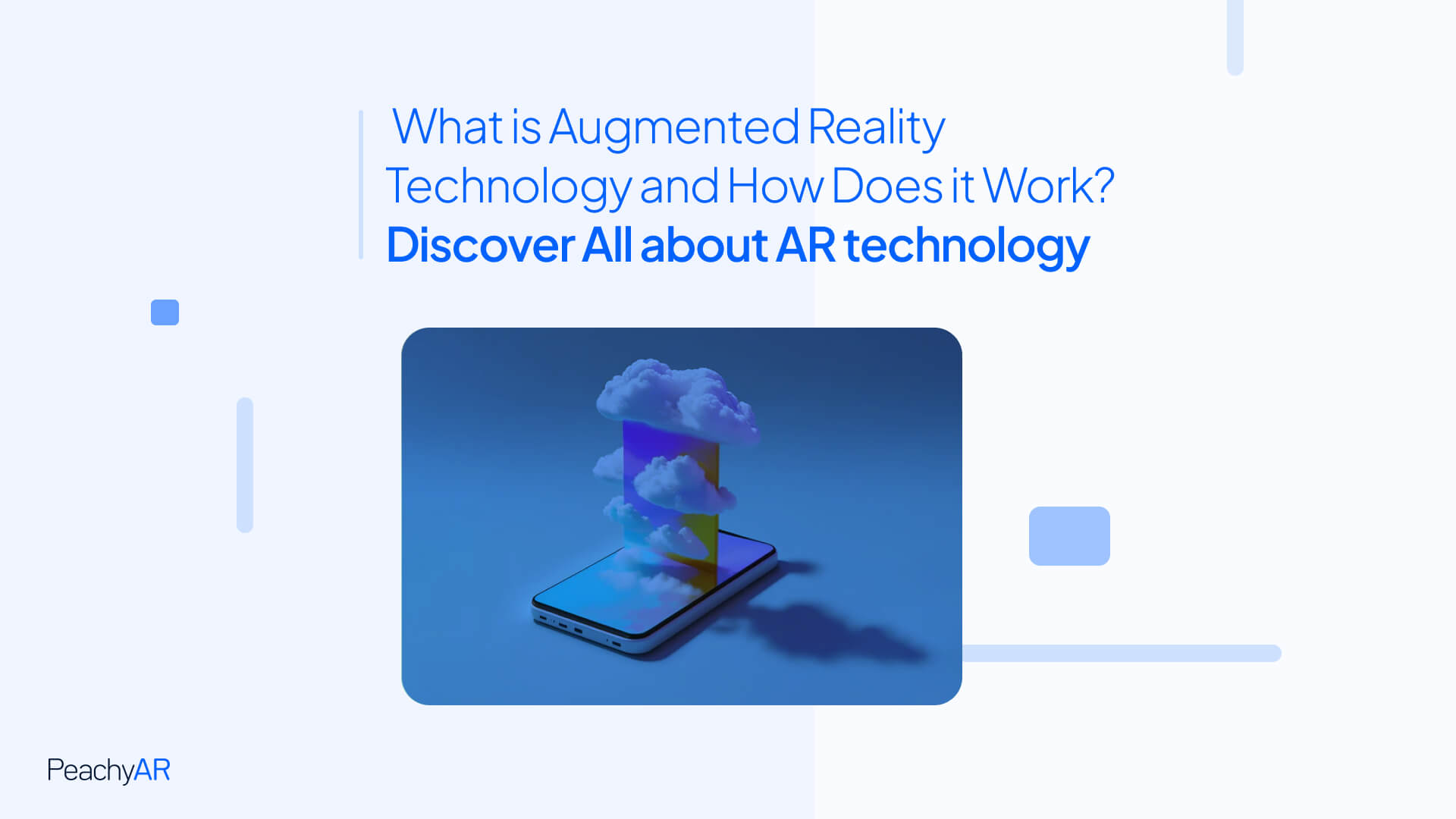
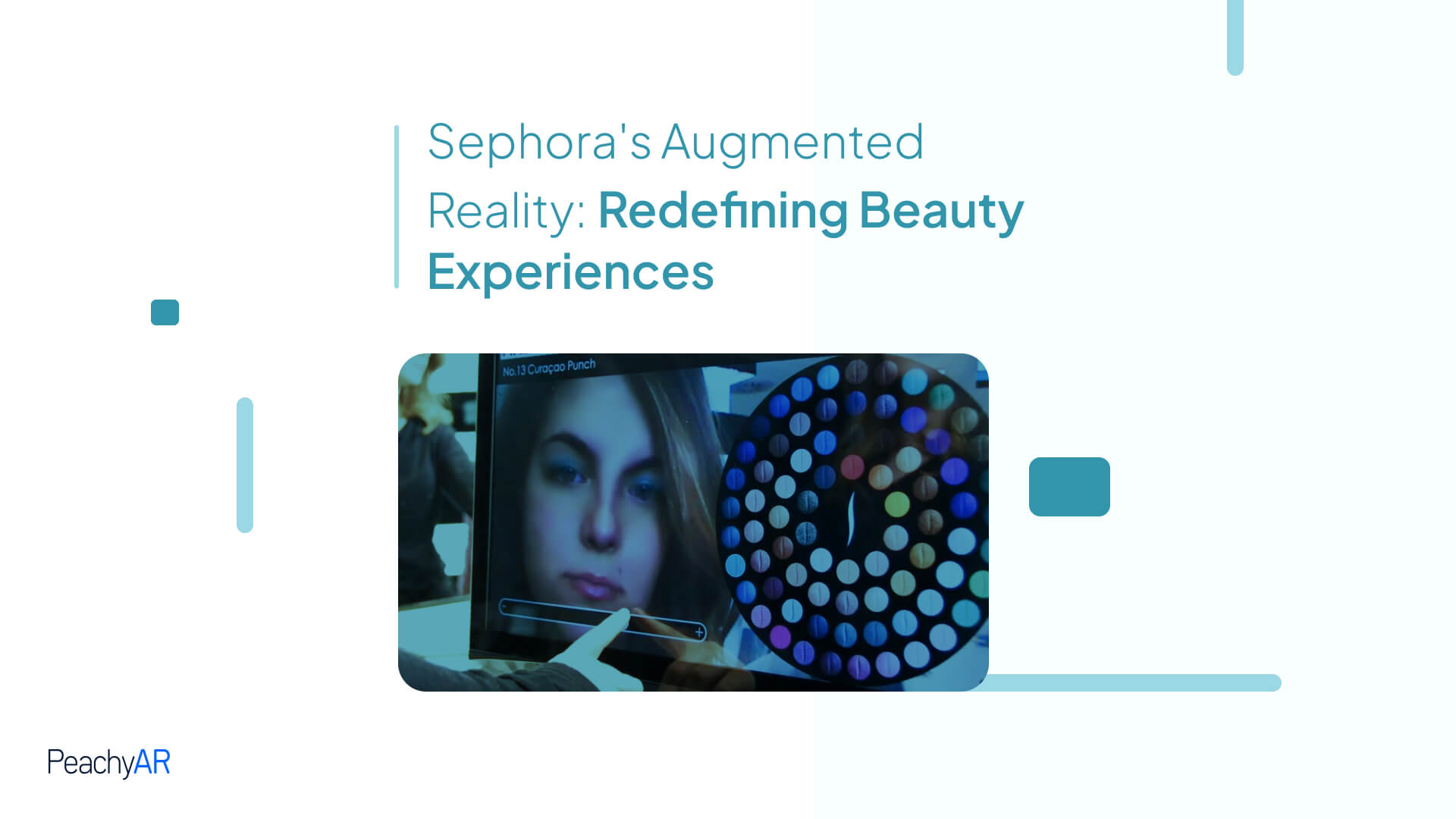
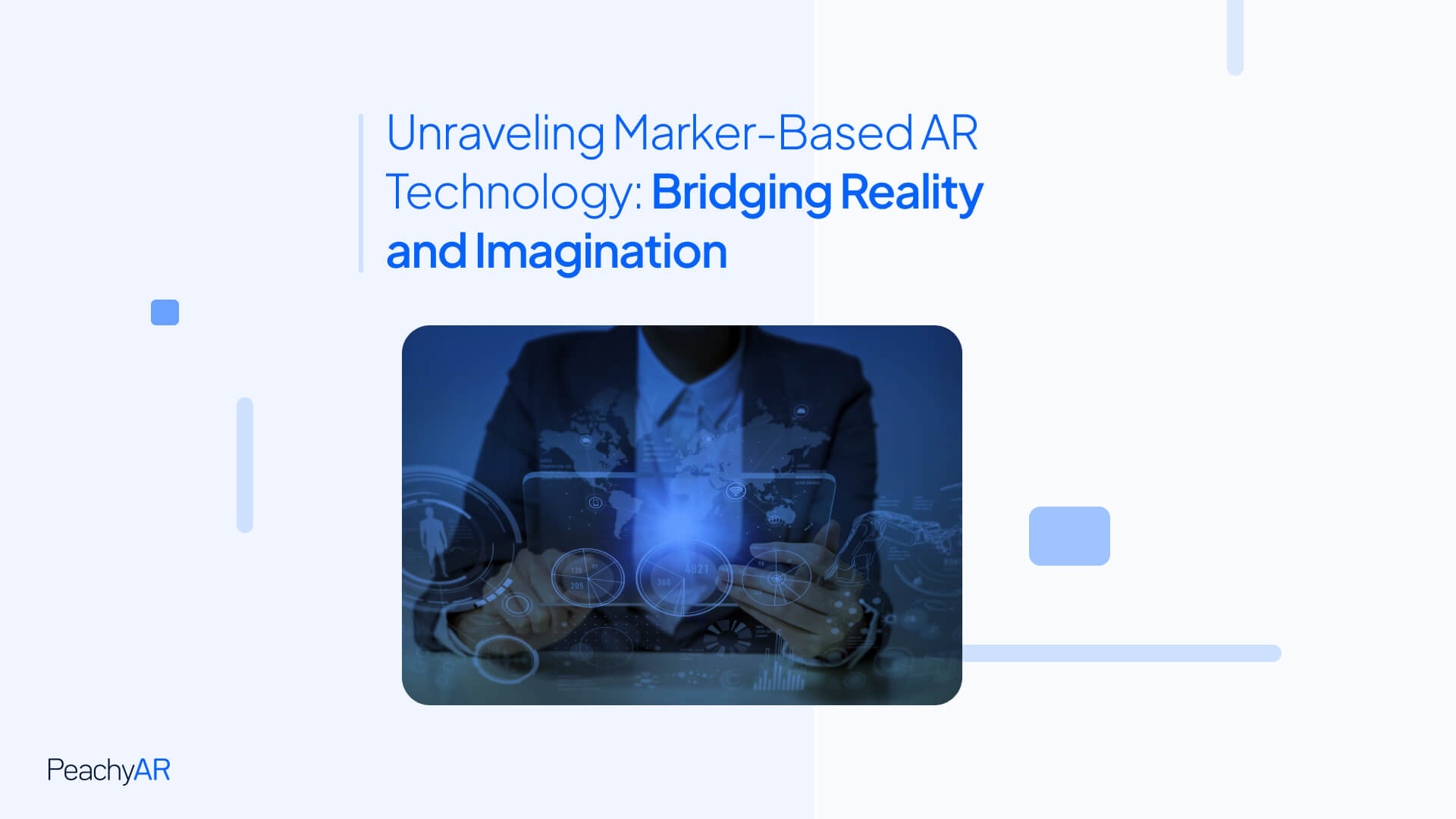

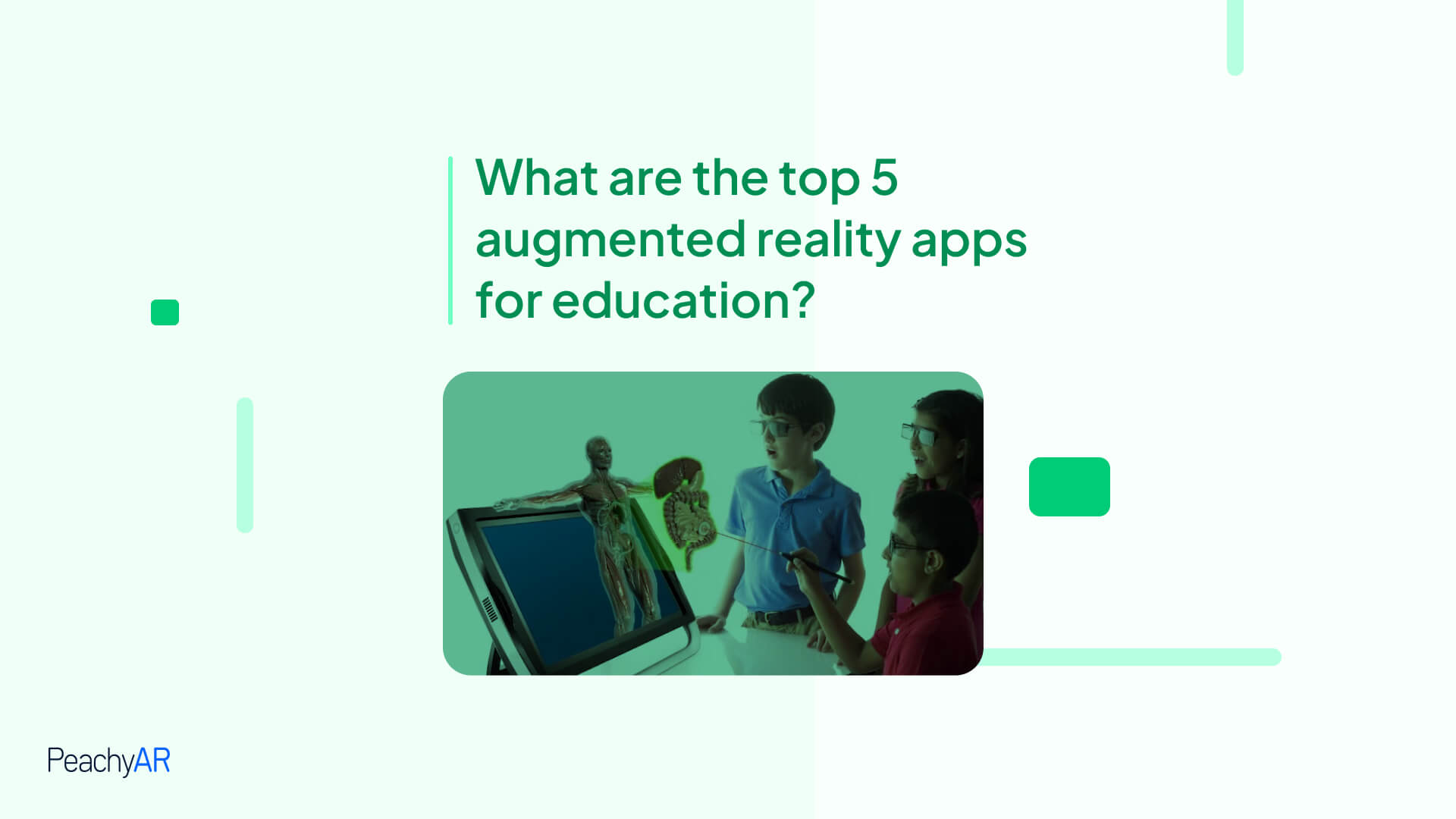
5 Responses